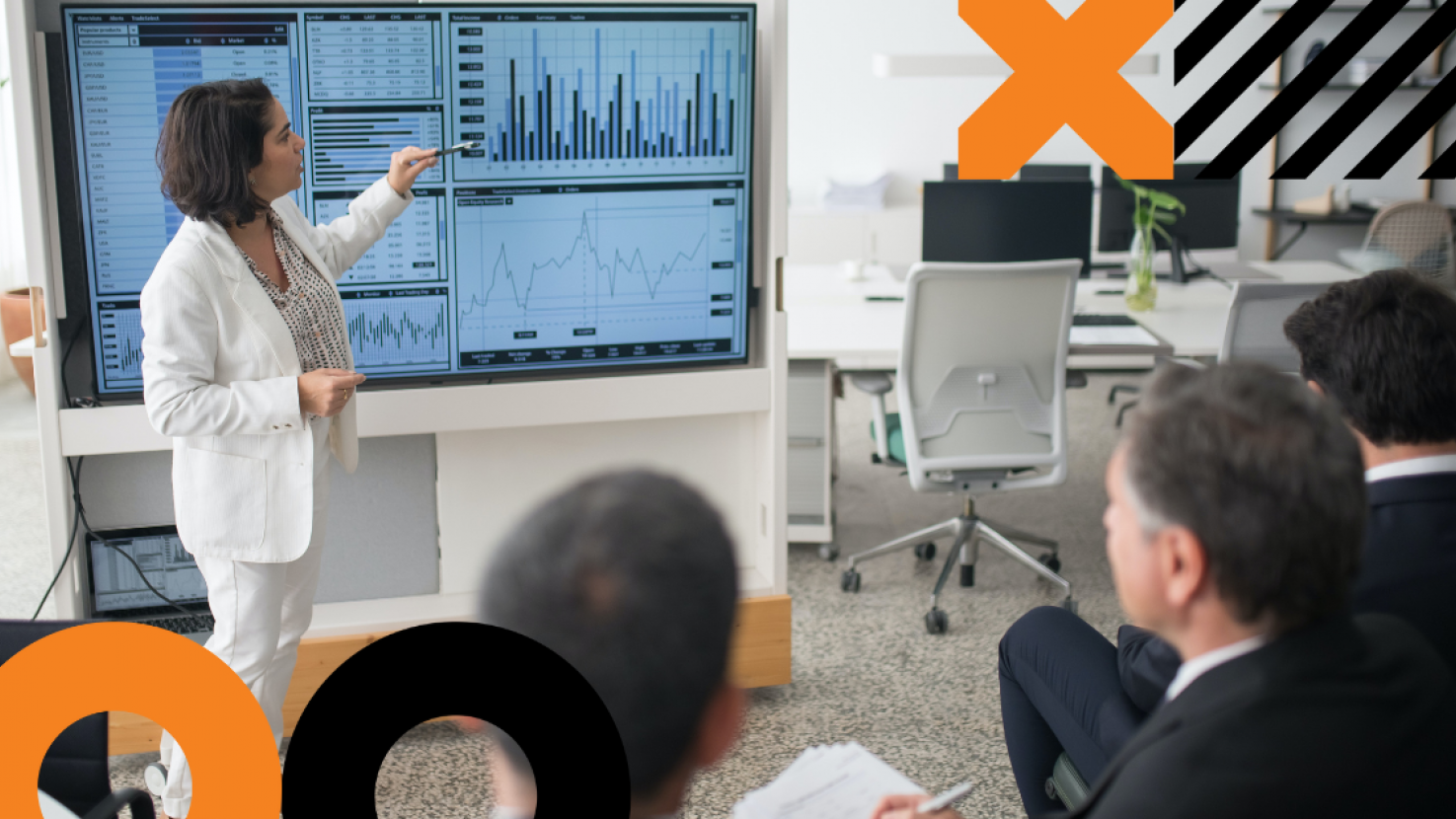How a Data Democratizer Gets to Work

The last decade has seen the rise of some interesting corporate job titles: Customer Support Hero, Hacker-in-Residence, and Fashion Evangelist, to name a few. I share the sort of title that can make people do a double-take: Head of Data Democratization. I’m often asked the question: what does a data democratizer do, and which data actually needs to be democratized?
My charter has been to work with my team to help change the data culture of our organization by providing more meaningful ways to visualize that data; specifically by using Tableau. Since my role and position were both new at Citi when I started over 18 months ago, being a data democratizer first meant setting up some key performance indicators (KPIs) to measure success. Obviously, a big KPI for me is user adoption. As anyone reading this knows, there is little value bringing in new data visualization technology if only a few, scattered people use it.
My job was made a lot easier by colleagues who had done important foundational work ahead of me – installing Tableau to scale easily, allowing anyone to apply for Tableau access, granting user access to aggregated country-level data, and getting leadership buy-in. Anyone democratizing a data visualization solution across their organization needs to focus on steps like these.
When You Hit the Road, Bring a Playbook
Like anyone making something new available and helping people to understand it, my team and I co-lead over 30 “Tableau Days” across our markets and products. We spend time with the businesses and co-host with our data and analytics leads in the country and within the verticals.
In such a large organization, the data and analytics team is vast, but everything is designed to build to a pinnacle of when others can see and use data to drive better results. Part of this effort involves highlighting the benefits of Tableau over Excel reports.
As we’ve held our Tableau Days, physically and more recently virtually, I’ve developed a democratization playbook. It includes a templated email for data and analytics leaders to send to their stakeholders, as well as Tableau screenshots they can use in their presentations. We spend time talking about how Tableau is changing our data culture and what the benefits are. We look at adoption statistics about who is using our dashboards already, and we try to encourage a top user in each particular geography or vertical to present to their cohort.
Giving power users the tools to drive further buy-in is essential. It’s effective for them and it reflects well on us. We call these presentations the Tableau Creator Corner or the Tableau Dashboard Hour, and we encourage conversations around what’s important to the presenter in the dashboard they’re discussing. This generates a lot of engagement because we get people talking and excited about what Tableau is showing them, but we can also follow on with what a visualization is not showing them. Feedback exercises give us a lot of context to improve some of the dashboards and have users level up to the more standardized regional data reporting we’re implementing, which is an evolution from in-country standards.
Always Lead, Never Impose
These democratizing efforts can never impose force-fits. We can’t say, “Okay, you’re done dashboarding in Excel on your own, so here’s our regional dashboard.” And although our goal is regional dashboarding, there are always exceptions based on in-country circumstances. Our markets credit card product range could be different from another’s. My goal in this case is not to prevent the rest of the country groups in the region from seeing the way this market builds their dashboards, but to make it available, because some elements may work for them.
We’re also creating what we call “sandboxes.” These are very different than silos, because they work as community areas where we engage conversation or allow people to show a particular dashboard they’ve created that seems to be getting a lot of traction in their country. Maybe they could do a presentation on it with other people that are moving toward a similar goal. Maybe we could have other markets look at it. Maybe my team could take it on as an initiative to build it out and productionize it, making it more user friendly for our people across the wider organization.
The smartest approach to democratizing data is to recognize the balance and never impose. It’s a journey, not an overnight flip of a switch. The best course I’ve seen is to create interest and inspiration so that slowly, and then faster over time, people start coming to you, and at least looking at the tools you're providing. Over time they realize you’re giving them options to take their ideas to new places, and to do it much faster than in the past. Not to mention that you’re always allowing them to circle back to you for feedback.
Now that you’ve read about what I do in my role, perhaps you identify more as a head of data democratization yourself. And if not, maybe you should look into it further.
Sarah Burnett is the Head of Data Democratization for Citi APAC EMEA by day, Tableau Social Ambassador and Singapore Tableau User Group Co-Leader by night. Sarah’s passion is making storytelling clean, clear and simple by instilling best practices and reducing cognitive load all while using beautiful design. Her creative direct design thinking allows executives to drive their business from powerful visual insights through data while removing the noise, that can easily cloud the story. She has an aversion to 3D pie charts, and one of her goals is to move the world of finance away from unnecessarily complicated and into clean, clear and simple data visualizations.





